Since the Arduino pin won't be able to source enough current to drive the transducer very well, you can use a transistor with base connected to the Arduino pin to drive the transducer.
If we assume the transducer is a 40kHz (very common) one, then you would toggle the pin at 40kHz. Nice and simple.
Here are a couple of schematic options. The first one will probably work a bit better as it will develop a higher drive voltage (higher than the supply) due to the resonant circuit formed by the inductor and transducer capacitance.

The reciever part in the above picture is not necessary for the cat deterrent project, this was taken from an ultrasonic range finder schematic where the echo needs to be timed. Unless you want know how close the cat is of course :-)


